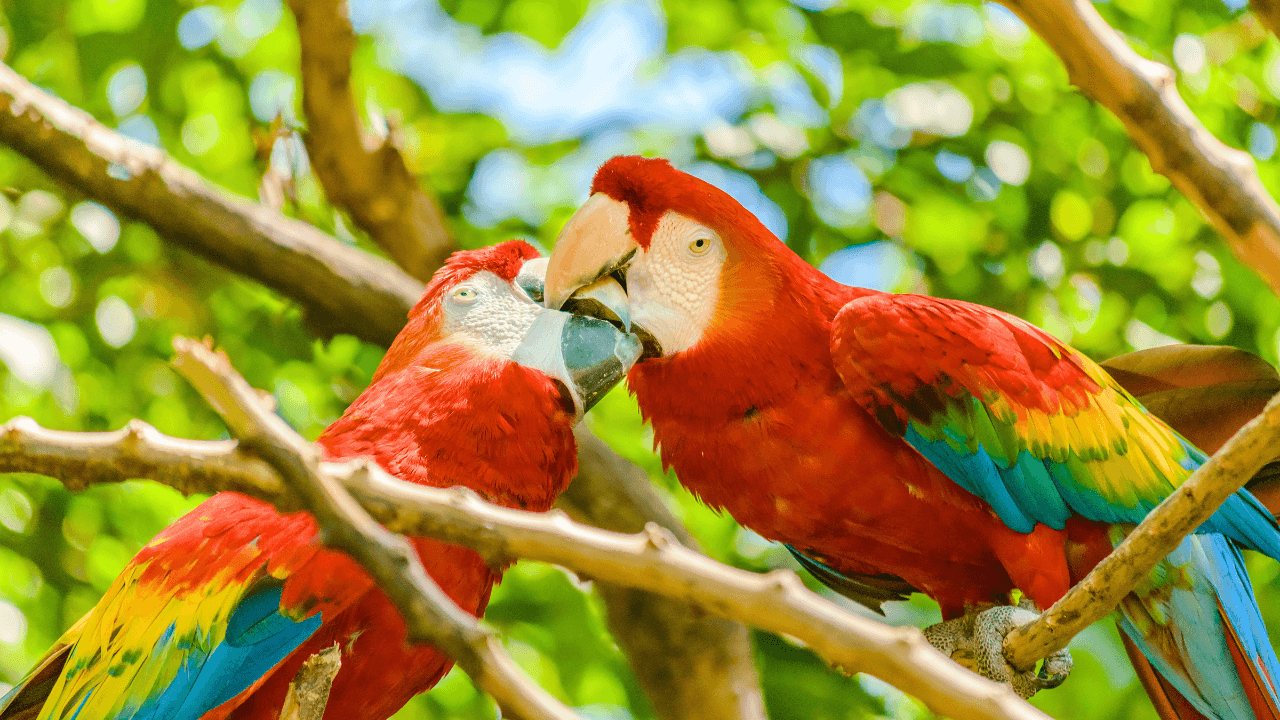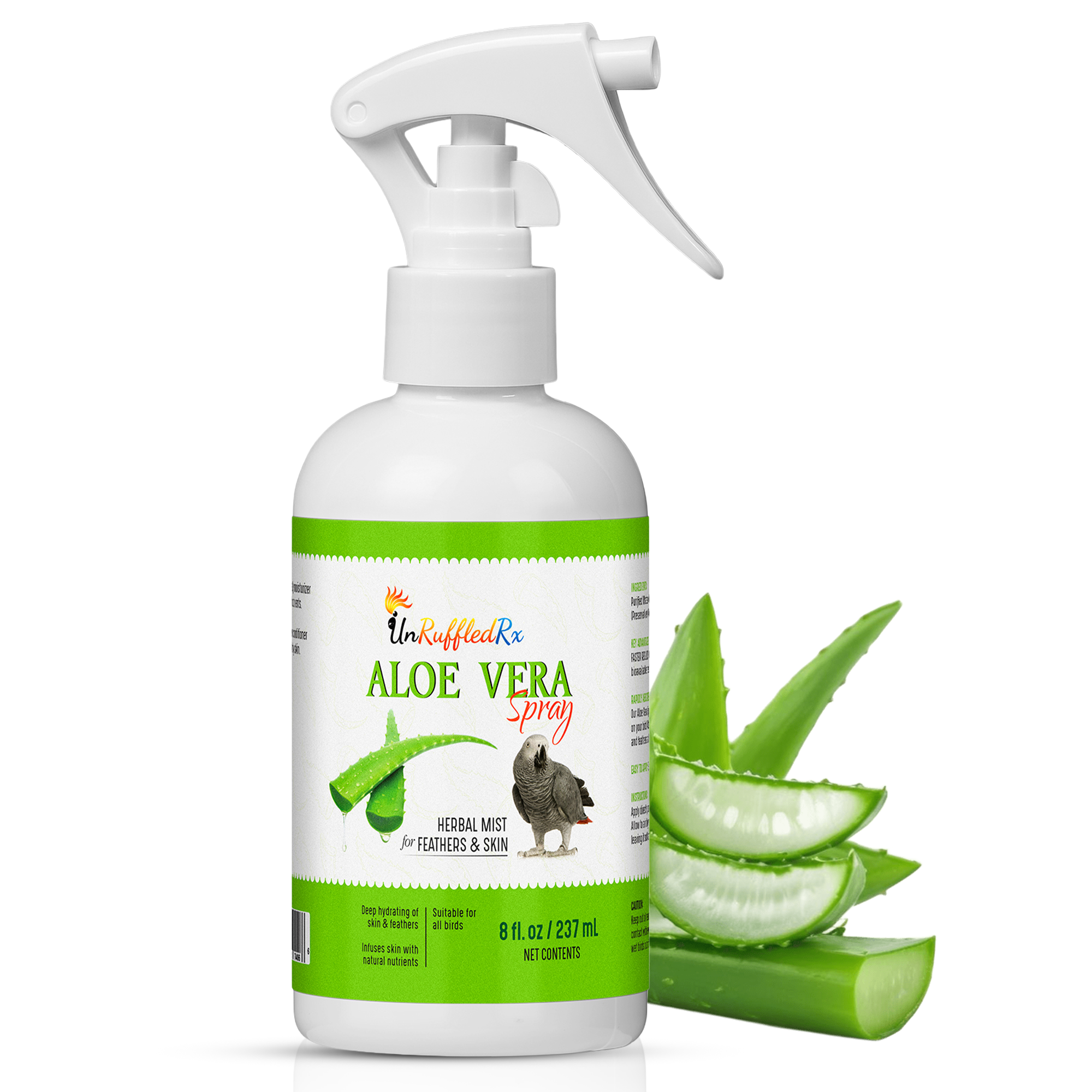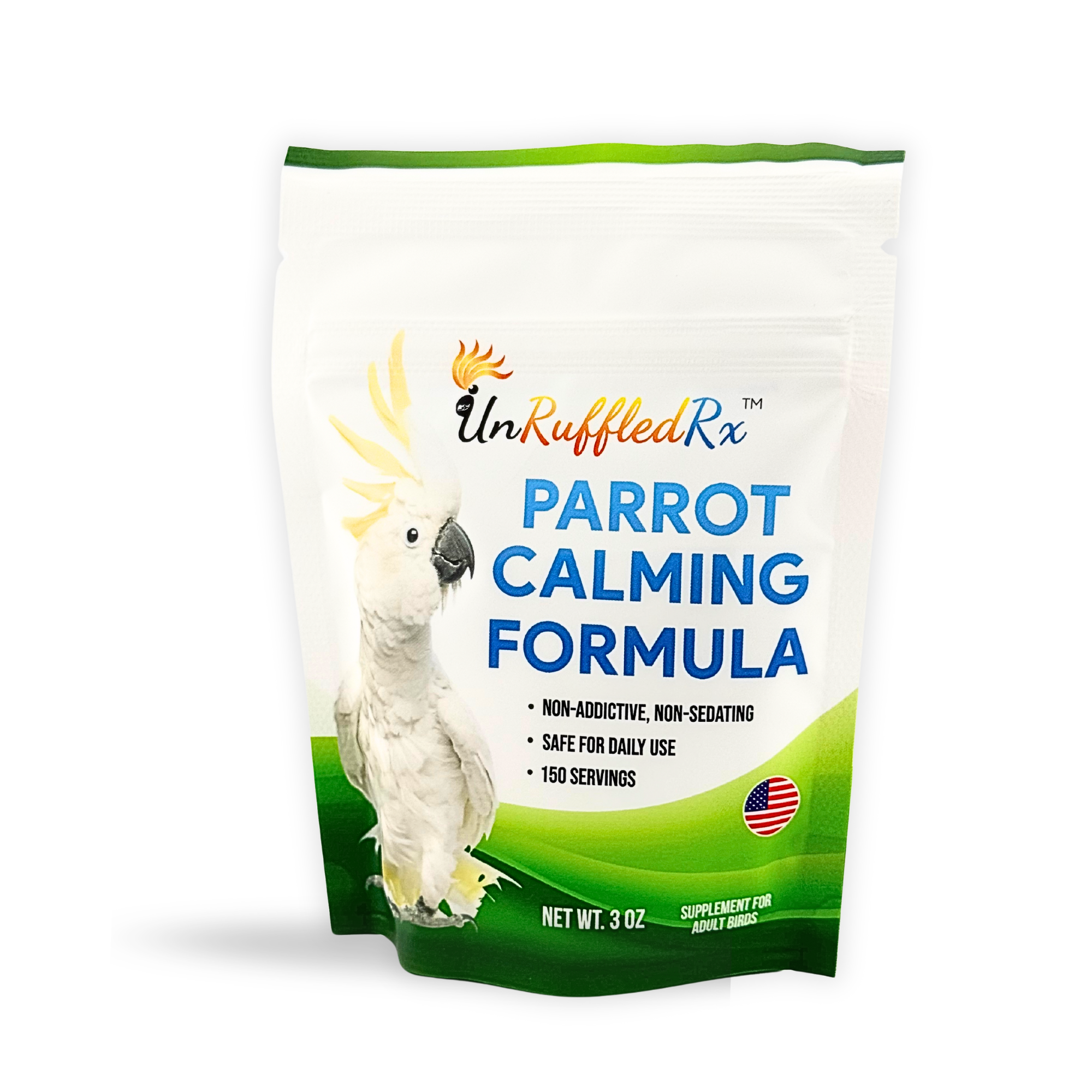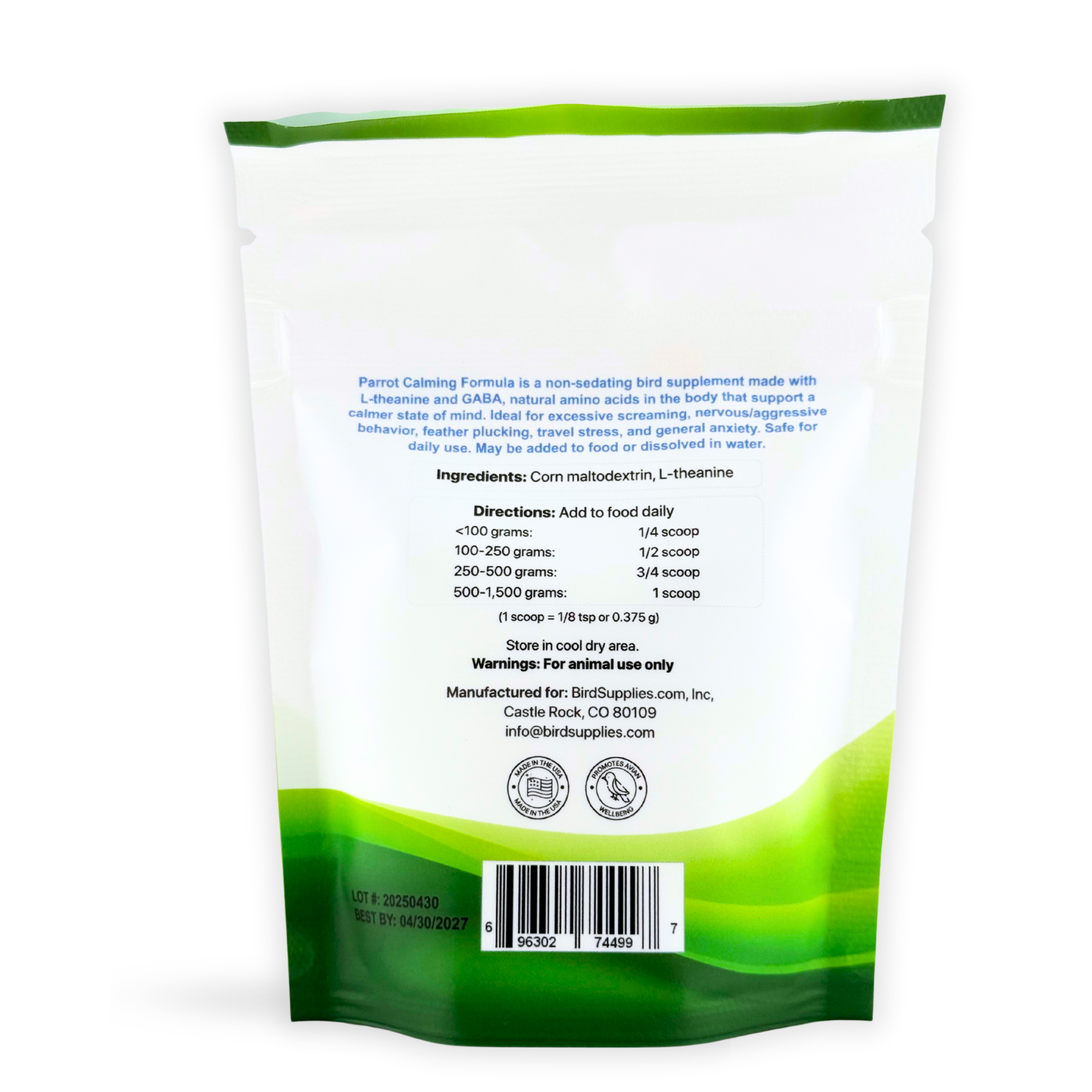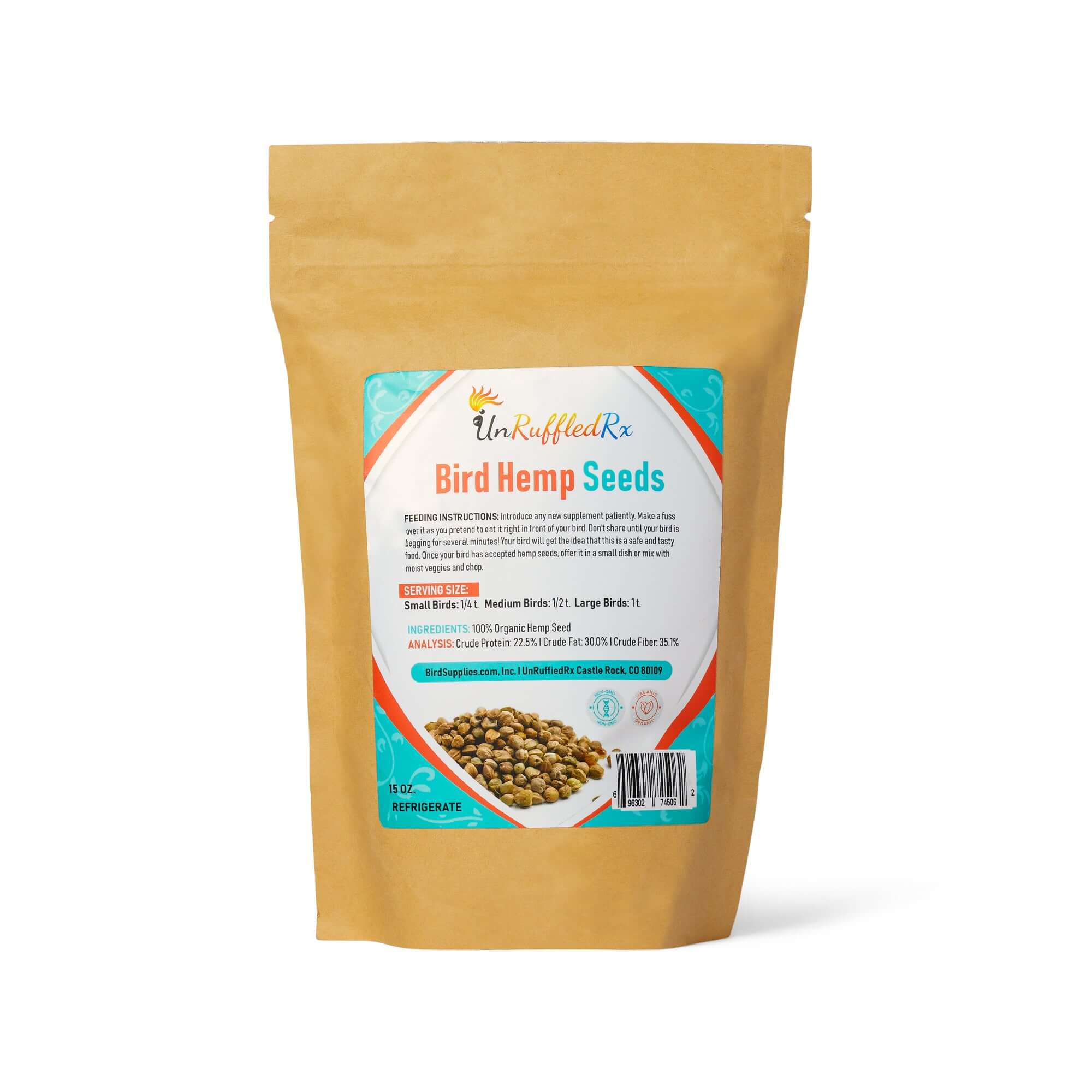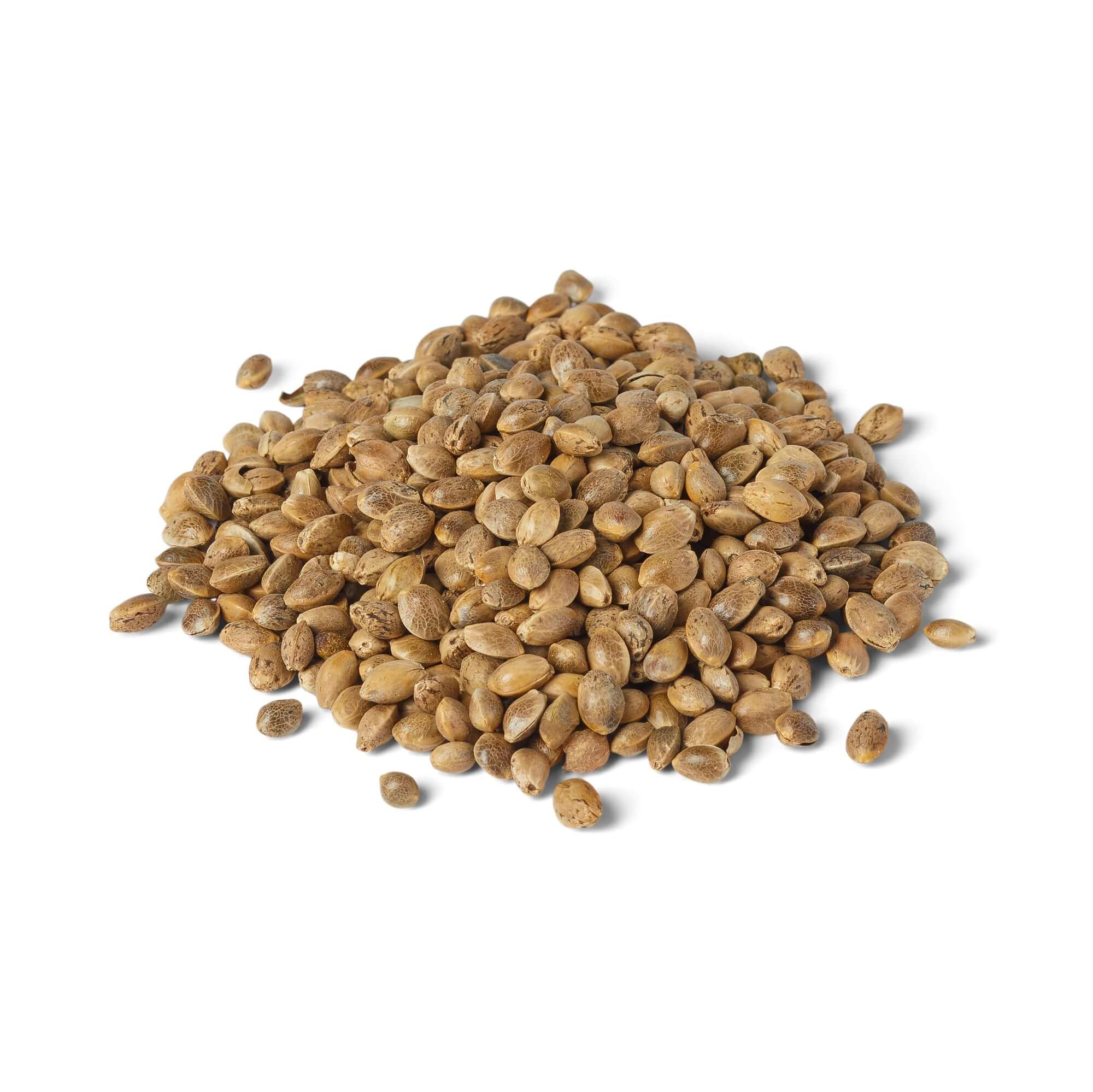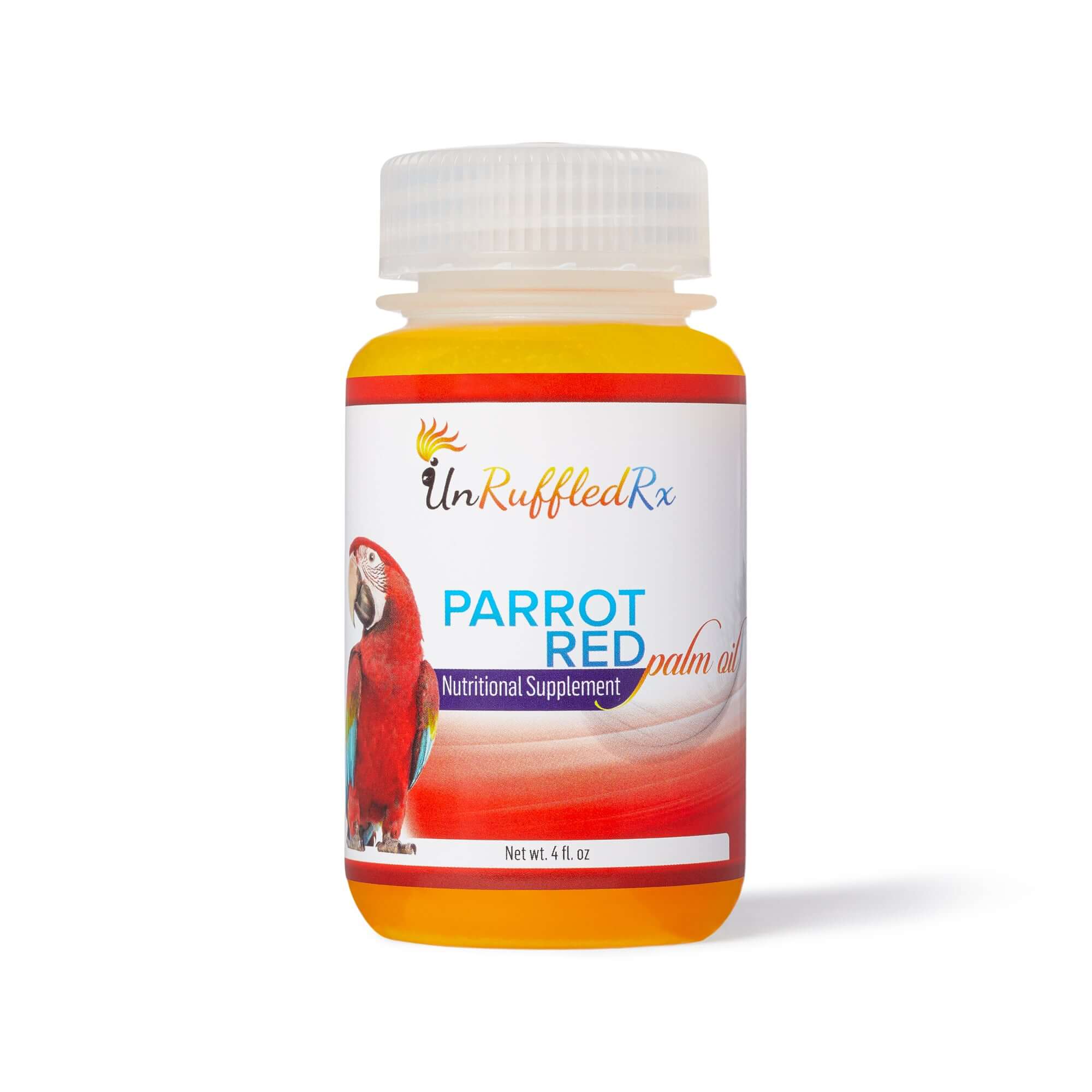Revised: June 16, 2024
Table of Contents
- At What Age Do Parrots Get hormonal?
- What Seasons Spur On Hormonal Behavior?
- What Are The Phases Of The Bird Breeding Cycle?
- Practical Ways to Support Your Hormonal Parrot
- Frequently Asked Questions About Bird Hormones
- Test Your Knowledge About Parrot Hormonal Behavior
If you have a hormonal bird, you know how tough it can be when their behavior changes suddenly. My Congo African Grey, Smokey, started hiding in my bedroom closet. One day, when I tried to get him out, he bit me so hard it left a deep wound. Smokey was spending all his time looking for nesting spots, and I couldn't handle him safely anymore!
Something had to change!
But don't worry, there's good news! I found some simple steps that calmed Smokey and made our home peaceful again. If you're struggling with a hormonal bird, read on to learn how you can help your feathered friend too.
At What Age Do Parrots Get hormonal?
Each year in late winter and early spring, as the daylight hours get longer and food sources become more abundant, wild adolescent and adult parrots experience a huge surge in hormones.
Hormonal behavior in parrots is totally normal and natural. In the wild, for most hookbills, these hormone surges are short lived.
For wild adult parrots, many environmental conditions come together to create a hormonal state in a particular bird. Most commonly, we see three major conditions that come together and induce sexual hormones to surge in a bird's body
- In the Spring the days become longer.
- When the days progressively get warmer.
- When seeds germinate, creating an abundance of nutrient-rich food.
All of these conditions come together and the bird's circadian rhythms signal that it's time to make babies!
|
At What Age Do Parrots Get hormonal?
Parrot sexual maturity begins at different ages for different species and even for individual parrots within a species. As a general rule, the smaller the bird, the earlier sexual maturity is reached. A cockatiel may reach sexual maturity at just nine months of age, while a large cockatoo, such an Umbrella, may reach sexual maturity at 3 to 6 years of age.
|
|

What Seasons Spur On Hormonal Behavior?
Birds are highly sensitive to the changing seasons, which can trigger hormonal behavior. In the wild, longer daylight hours and warmer temperatures signal the start of breeding season. For pet birds, this can mean increased vocalization, aggression, and nesting behaviors. Understanding these seasonal triggers helps in managing and mitigating these behaviors.
Even slight changes in daylight and temperature can affect a bird's circadian rhythm and hormonal changes. Variations in food sources, availability of nesting materials, and overall environmental conditions also play crucial roles. Birds in different regions will respond to these changes, showing variations in behavior as they adapt to their surroundings. Recognizing these factors can help in predicting and managing hormonal behaviors in pet birds.
To help manage your bird's hormonal behavior, it's essential to replicate natural conditions as much as possible. Adjusting light exposure, temperature, and even the bird's diet according to the seasons can make a big difference. Providing enrichment and safe spaces during these times can also help reduce stress and undesirable behaviors.
What Are The Phases Of The Bird Breeding Cycle?

The parrot breeding cycle has 6 major phases that happen one after another. When the babies fledge, breeding season is over. The phases are:
1. Pre-breeding
2. Selecting a mate
Now, birds are ready to select a mate. With a fresh batch of beautiful, healthy feathers, birds can engage in elaborate mating rituals in which they select a mate that they feel is healthy enough to rear young. Birds engage in unique dances, they feed each other, preen each other, and snuggle up together.
3. Finding a nest site
4. Preparing the nest
5. Breeding
6. Rearing young
Practical Ways to Support Your Hormonal Parrot
Helping your hormonal bird involves making changes to their environment and routine. Start by controlling the amount of light they get each day. Shorten their daylight hours by covering their cage earlier in the evening, mimicking the shorter days of non-breeding seasons. This can help regulate their hormonal cycles.
1. Avoid Becoming Your Bird's Soulmate
First, ensure that everyone in the family socializes with the bird and participates in its care. This way, the bird won’t bond with just one person. It's unfair to let the bird perceive a family member as its mate when the natural breeding process cannot be fulfilled.
Second, family members should learn the proper way to pet a bird. Birds perceive cuddles, snuggles, and body scratches as foreplay, so it’s essential to stick to gentle head scratches only. Learn more about proper petting techniques.
2. Remove Environmental Triggers That Start the Hormonal Cycle
Sleep: Ensure your bird gets plenty of beauty sleep—10 to 12 hours each night. Longer days and fatty, protein-rich snacks signal breeding time, but a good night's rest can help break that cycle!
Diet: Don't let your bird overindulge in fatty, protein-rich foods that get them ready for baby bird duty. Keep their diet balanced to meet their nutritional needs without triggering hormones. Save those fatty, sugary treats just for training. Instead, feed them
- High quality pellets
- A rich range of fresh fruits, vegetables, nuts, herbs and healthy plant-based foods 🥕 🍆 🥦
Get this book to learn more about your bird's dietary needs.
Nesting Materials: Turn your home into a nest-free zone! Say goodbye to small, dark hideouts and keep your bird off the floor to prevent secret nest-building missions. Anything that looks like potential nest material? Out it goes! Your bird will appreciate the clutter-free, temptation-free environment
Foraging: Keep your bird's life exciting with plenty of foraging and enrichment opportunities! A busy bird is a happy bird, so offer lots of toys, puzzles, and chances to hunt for treats. It's like giving them their own little adventure every day. Happy bird, happy home!
3. Teach Your Bird Manners Before It Becomes Hormonal
Clicker training is an excellent way to teach positive bird training techniques, helping you bond with your bird while establishing foundational behaviors and good manners. Regular bird training will be invaluable when your parrot matures and experiences seasonal behavior changes.
With a positive and respectful relationship, your parrot will seek positive interactions and attention from you, making it less prone to common or seasonal behavior problems.
Frequently Asked Questions
Test Your Knowledge About Parrot Hormonal Behavior
Challenge: What's the most important thing you've learned from this quiz? Share your thoughts in the comments below or join our Facebook Feather Plucking Help Group and let us know!
Related Posts:
The Ultimate Guide To Hormonal Bird Behavior
Foods That Increase Bird Hormones and Make Everyone Miserable
References:
Lafeber. (2021, February 10). What is wrong with a parrot being hormonal? Ask Lafeber. Retrieved from https://lafeber.com/pet-birds/questions/what-is-wrong-with-a-parrot-being-hormonal/
Sharp, P. J. (1996). Strategies in avian breeding cycles. Animal Reproduction Science, 42(1-4), 505-513. Retrieved from https://www.sciencedirect.com/science/article/abs/pii/0378432096015564
Van Sant, F. (n.d.). Hormonal behavior in pet birds - therapeutic remedies. For the Birds. Retrieved from https://www.forthebirdsdvm.com/pages/hormonal-behavior-in-pet-birds-therapeutic-remedies
Link to this blog
Burroughs, D. (2024, June 16). Hormonal bird madness? Easy fixes to calm your feathered friend! BirdSupplies.com. Retrieved from https://birdsupplies.com/blogs/news/hormonal-bird-madness-easy-fixes-to-calm-your-feathered-friend
Diane Burroughs, LCSW is a licensed psychotherapist trained in ABA therapy techniques. She specializes in avian anxiety disorders and is certified in Nutrition For Mental Health. Diane has written a number of bird behavior books and she offers behavior consultations. She's developed a range of UnRuffledRx Science-backed Parrot Wellness Supplies.
Diane's products have been featured in the Journal of Avian Medicine and Surgery and at Exoticscon, a conference for exotic pet veterinarians. Her bird collars & supplements are stocked in avian vet clinics and bird stores throughout the US. With over 30 years in the field of behavior, Diane has created thousands of successful individualized behavior plans that help pets thrive.
TAGS: #BirdHormones #ParrotHormonalBehavior
SHARING IS CARING! PLEASE SHARE ON YOUR FAVORITE SOCIAL MEDIA NOW!

